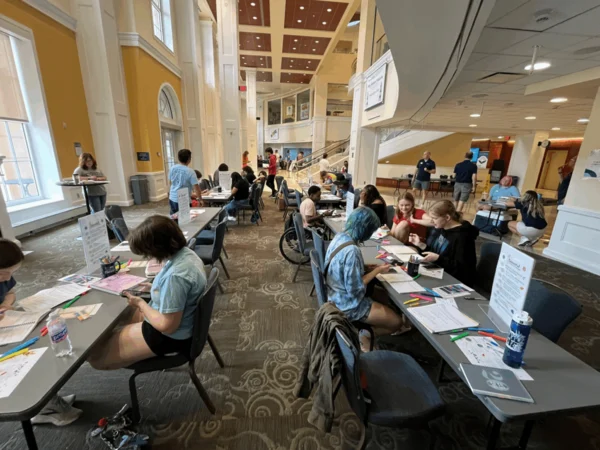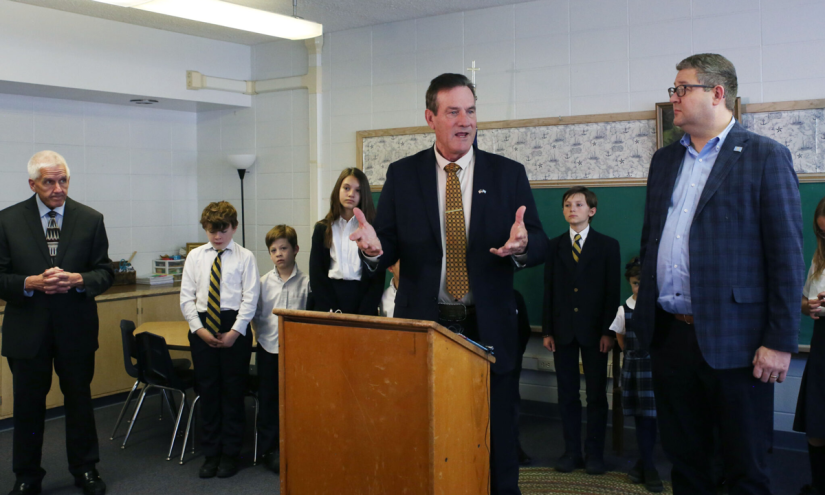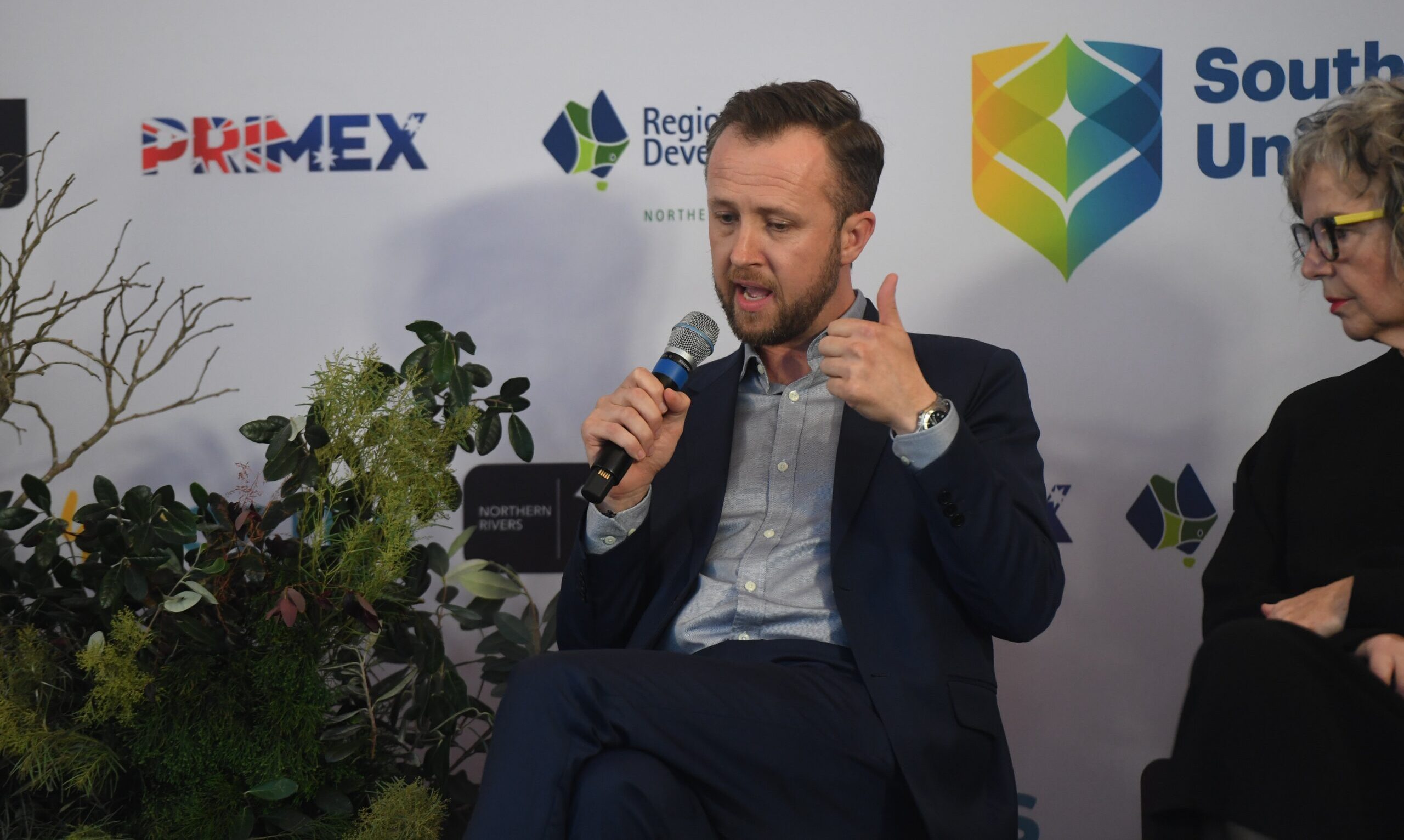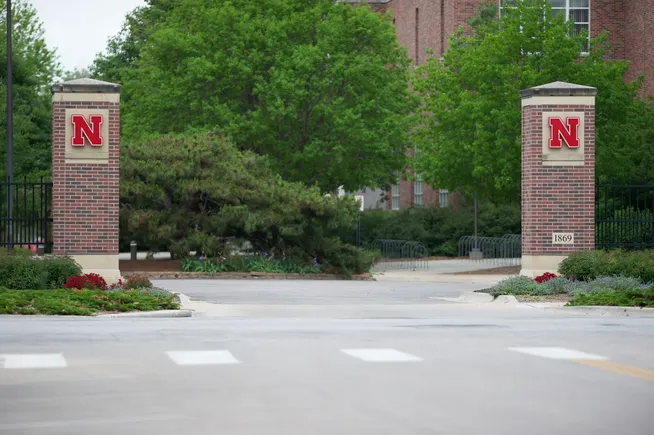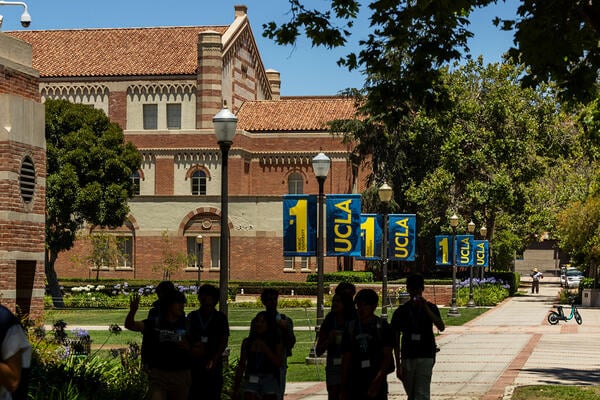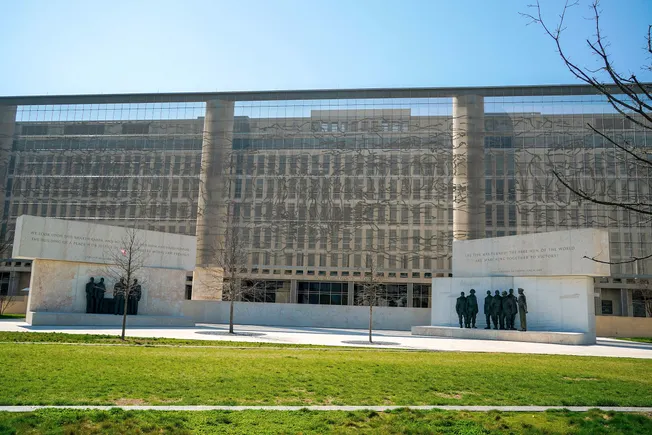The University of Kansas has received a five-year, $1.9 million grant from the U.S. Department of Education’s Office of Postsecondary Education to grow the university’s transition program for students with intellectual disabilities.
KU Transition to Postsecondary Education (KU TPE) first launched at the Lawrence campus in 2015 to provide experiences for such students to engage in higher education and land a meaningful job. Now, the program will expand to two neighboring institutions, increasing opportunities for learners in the state.
The background: Approximately one in five individuals with disabilities graduate from college, compared to 38 percent of people without disabilities, according to a 2024 report from the U.S. Government Accountability Office.
The Transition and Post-secondary Programs for Students with Intellectual Disabilities (TPSID) grant provides funding to colleges and universities to create or expand programming for students who meet the criteria.
Other colleges, including Utah Valley University, have received similar grants from ED to kick-start educational programs for individuals with intellectual disabilities. For the 2025 award year, Northeastern State University in Oklahoma, Washington State University, Texas A&M University–San Antonio, Georgian Court University in New Jersey, Indiana University of Pennsylvania, the University of Memphis and Curry College in Massachusetts were among the grant recipients.
How it works: Students enrolled in KU TPE complete two-year undergraduate certificates, with the goal of landing a competitive job after graduation that aligns with their personal and career goals, according to the university press release.
“Students come in as full-fledged, card-carrying Jayhawks,” Dana Lattin, research project director at KU TPE, said in a university press release. “They take courses like those in any other program of study that are aligned with their career and personal interest.”
TPE students complete 24 credit hours—about six credits per semester—including nine credits on career and life planning, three credits for communication coursework, three credits for health and wellness classes, and nine for electives. In addition, students are encouraged to find employment and paid internships while enrolled, helping set them up for success after graduation.
Part of the program’s effectiveness stems from the students’ integration into campus life, researchers said. TPE participants engage in campus resources and activities—including clubs, organizations and events—just like their peers enrolled in bachelor’s degree programs.
Data shows that 74 percent of graduates are employed in their communities after completing their credential; by comparison, only 6 percent of all adults with disabilities in Kansas are employed in a competitive role.
Scaling up: Campus leaders plan to use the funding to increase program supports for KU TPE participants, including adding credential programs, bolstering peer supports and establishing more career development elements, according to the program abstract submitted to ED.
The university will also establish a consortium with Wichita State University Tech and Benedictine College, also in Kansas, to create additional transition programs for students with disabilities. The goal is to increase enrollment opportunities for as many as 48 students across the state.
The KU research team is also looking for additional funding from the state to ensure the programs are sustainable.
“Sharing that 75 percent of people with intellectual disability who attend college are competitively employed, many of which are working full-time, will help show the value of ongoing support for these programs in Kansas,” Lattin said.
Get more content like this directly to your inbox. Subscribe here.


